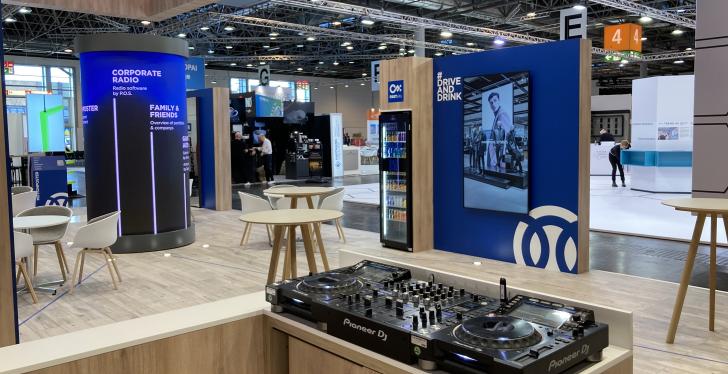Report • 21.03.2014
How can companies create an authentic omni-channel shopping experience?
by Pat Phelan, Vice President Client Services EMEA for Bazaarvoice

Marketing has been very linear in the past. Marketers have tried to steer customers into clearly defined tracks, so that they behave in a predictable manner during the buying process. This has changed – customers no longer want to be forced into these linear models. A multitude of shopping channels is available for customers in retail today. Consumers choose their own path during the buying process.
It is an enormous challenge for retailers and companies to adapt their strategies as the environment changes rapidly. Depending on the direction of their business, retailers and brands focus on different priorities. However, several essential steps need to be observed by all companies when it comes to communicating with the customer.
A consistent image on all channels
Customers interchangeably use a variety of channels or all available channels – in other words, an omni-channel. Customers are informed about products through web pages with PCs, smartphones or tablets. At the same time however, they still visit actual retail outlets and look at a product before they shop around. They use Facebook and Twitter to discuss customer service or share where to get special bargains. They write in online forums or rate products on the pages of brand or online retailers and share their views on products they purchased. Retailers should react to this changed buying behavior and adapt the shopping experience they offer their customers. This experience should be consistent across all channels.
Retailers and brands should carefully analyze their web presence. To do this, they need to review their image both on desktop PCs and the mobile web and on apps for tablets and mobile phones. Different screen sizes and technologies require different solutions. What’s more, users generally have different expectations of what is important when they use a mobile end device (for instance short loading times, fast completion) compared to when they access information via a desktop PC (desktops are used more to delve deeper into research topics and are therefore better suited to present high-resolution visual contents).
Overall, there are many different variables to consider. But since customers switch back and forth between platforms, experiences should be as simple, seamless, intuitive and consistent as possible. Finding a healthy balance between all of these demands is a challenge that should not be underestimated, but that also brings new opportunities.
User-generated content links different channels
Brands and retailers should enable social interaction. Communication creates a link across the individual channels and makes a comprehensive shopping experience possible. How can brands and retailers create a platform for discussions? By allowing customers quick access to Facebook, Twitter and other social networks. This increases the likelihood that customers share genuine product evaluations via their social networks. The more interaction, the better. Companies should also give their customers the opportunity to talk to and support each other. Contents of customer reviews are particularly valuable in this case. The format needs to be carefully tailored to the medium in any event, regardless of whether it’s desktop PCs, tablets or cell phones.
Systematically evaluating contents
Ultimately, companies need technology to evaluate social interactions such as reviews or questions and answers. Only when retailers and brands gather these insights are they able to respond to customer demands and truly understand what appeals to consumers.
The behavior of customers is heavily diversified. Retailers that follow an omni-channel approach can benefit from stronger brand loyalty and higher sales. Companies that listen to their customers also get along better with consumers, who use all channels.
channels: multichannel commerce







